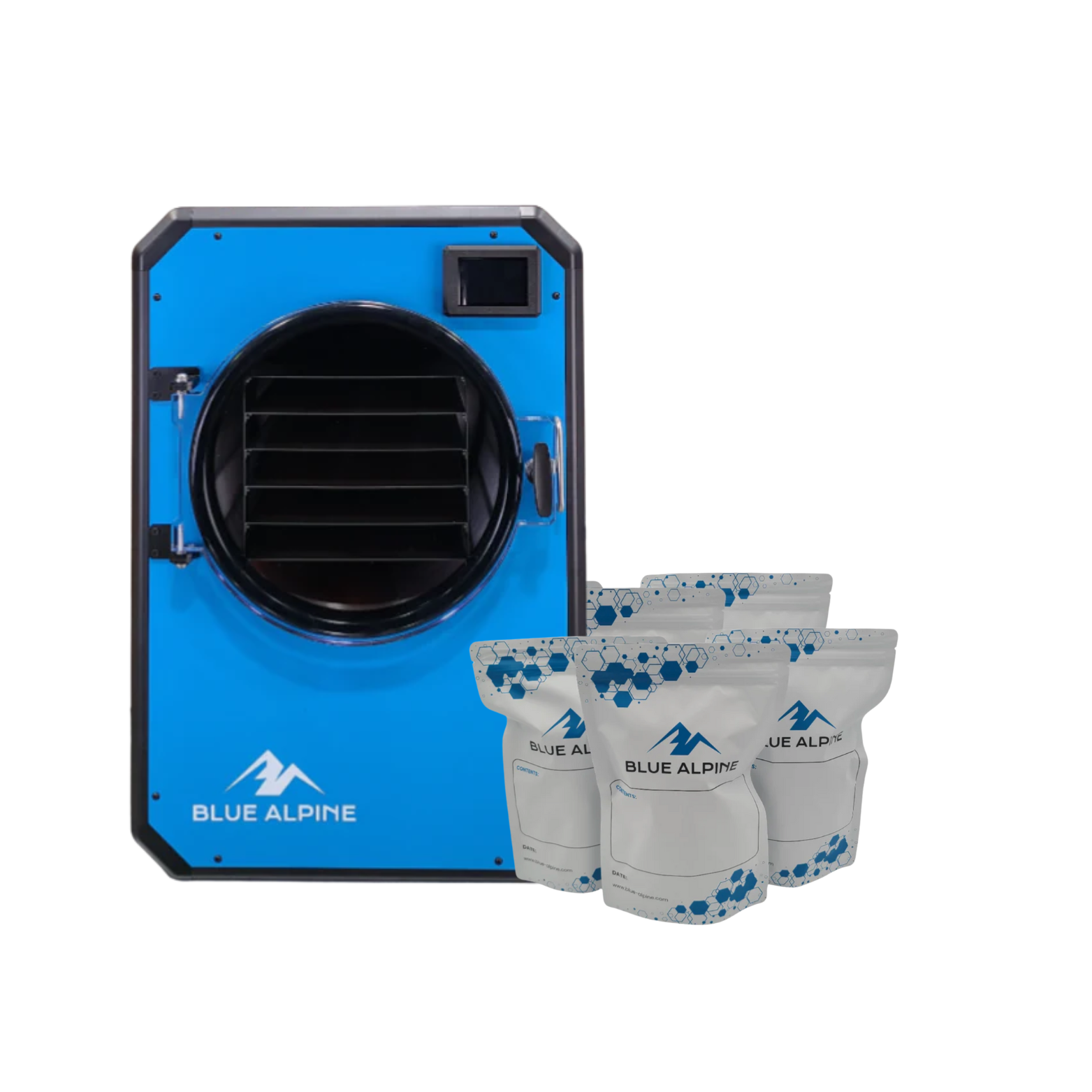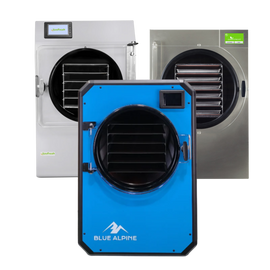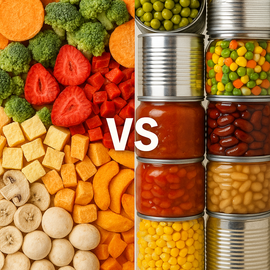Freeze drying has become one of the most popular ways to preserve food, whether it’s for emergency preparedness, snacking, or even starting a small food business. With the rising interest in cottage foods and low-overhead startups, many people are turning their freeze dryers into money-making machines.
But before you invest time, money, and energy into starting a freeze-dried food business, there are a few key things you need to check first. Every state has different rules, and not all products are created equal when it comes to food safety and legal regulations.
Here’s a checklist of what to research before launching your freeze dryer business and where to go to get the right answers.
1. Check Your State’s Cottage Food Laws
Not every state allows freeze-dried food under its cottage food program. Cottage food laws vary dramatically by location, Some states allow only baked goods and jams, while others are more flexible.
Where to Check:
-
For state-by-state laws, use this Cottage Foods Map from the Farm-to-Consumer Legal Defense Fund
-
Visit your state’s Department of Agriculture or Department of Health website
-
Search for your state’s “Cottage Food Laws” PDF or guidelines
2. Know What You Can (and Can’t) Sell
Even if your state allows freeze-dried foods, you need to verify which kinds are permitted. For example, freeze-dried fruits and candies may be allowed, but freeze-dried meats, vegetables, or dairy products are often banned unless you’re in a commercial facility.
Suggested Questions to Ask:
-
Are freeze-dried candies allowed?
-
What about freeze-dried fruits or vegetables?
-
Can I sell online, or only in person?
-
Do I need to test water activity or pH?
Where to Check:
-
Contact your local health inspector or public health district
-
Review your state’s Approved Cottage Foods List
3. Do I Need a Food Processor or Commercial License?
If your product isn’t allowed under cottage laws, you may need to upgrade to a commercial food license. That means producing in a certified kitchen and undergoing inspections.
Where to Check:
-
Your State Department of Agriculture's commercial food section
-
Search “[Your State] Food Processing Establishment License”
-
NYC Food License Info
4. Labeling Rules and Requirements
Even home-based sellers often need to include:
-
A complete ingredient list
-
Allergen disclosures
-
A label that says the product was made in a home kitchen (if required)
-
Your name, address, and contact info
Where to Check:
-
FDA Labeling Basics
-
State-specific label guides (available on agriculture or health department websites)
5. Packaging Rules (Especially for Freeze-Dried Foods)
Many freeze-dried products are packaged in mylar bags with oxygen absorbers but this can create reduced oxygen packaging (ROP), which is regulated in some states due to botulism risks.
Where to Check:
-
Contact your state’s Food Safety Division
-
Ask if your packaging method requires ROP approval
-
Look for USDA Guidelines on ROP
6. Sales Channels: Where Can You Legally Sell?
Some states restrict cottage foods to:
-
Farmers markets
-
In-person pickup
-
Events
-
Your own website (in-state only)
Other states allow you to sell through:
-
Online platforms
-
Wholesale
-
Third-party stores (only with a commercial license)
Where to Check:
-
State cottage food sales guidelines
-
Local city or county business ordinances
7. Product Testing for Safety
If you’re unsure whether your product qualifies as shelf-stable, you might need to test for:
-
Water activity (aw) Must be below 0.85 in most states
-
pH Must be under 4.6 for acidic foods
Where to Check:
-
Search for “Food Product Testing Labs Near Me”
-
Contact your state extension office or university food science department
-
Some private labs offer $50 - $150 shelf-stability tests
8. Business Licensing and Taxes
Even if your state doesn’t require a food permit, you may still need:
-
A business license with your city or county
-
A sales tax permit
-
An EIN or DBA depending on your structure
Where to Check:
-
Your State Business Portal
-
IRS Small Business and Self-Employed Info
9. Insurance
Some markets or events may require product liability insurance even for cottage food sellers.
Where to Check:
-
Ask local farmers markets what’s required
-
Look at affordable coverage via providers like FLIP or State Farm
10. Test the Market First
Before investing heavily, try these steps:
-
Start with low-cost, high-appeal items (candies, fruit, snacks)
-
Package attractively and label clearly
-
Offer free samples locally
-
Gather feedback to iterate fast
Final Tip: Start Small, Stay Safe, and Scale Smart
The freeze-drying market is growing, but it’s still the wild west in many states. Know the rules before you break them, and don’t be afraid to start small and build toward a commercial setup later.




